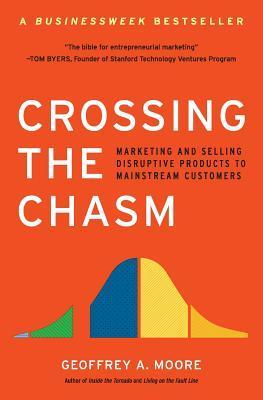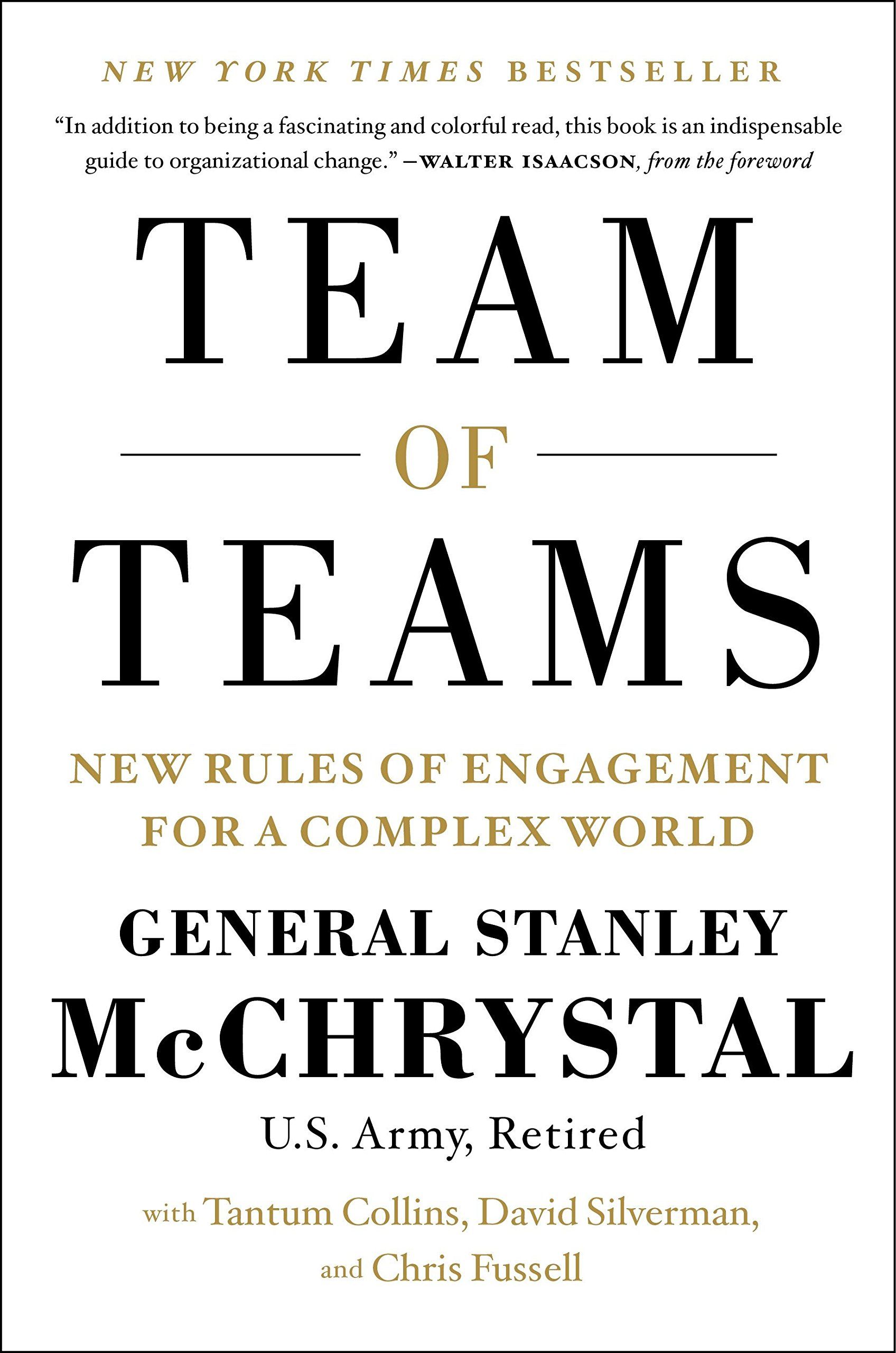Enterprise Executives: Direct sales are the preferred channel for reaching enterprise executives due to the complex nature of their needs and the high value of the solutions being sold.
End Users: Web-based self-service is effective for reaching individual consumers or end users who prefer a convenient and transactional buying experience.
Department Heads: Sales 2.0 can be an effective way to reach department heads who seek solutions for specific use cases within their organization.
Design Engineers: A two-tier distribution model, often involving distributors and manufacturers' representatives, is common for reaching design engineers who specify components for new products.
Small Business Owners: Value-added resellers (VARs) often serve as trusted advisors to small business owners, providing bundled solutions and localized support.
Section: 2, Chapter: 7
Mainstream markets, in contrast, are dominated by the pragmatic majority and conservatives. Pragmatists seek incremental improvements, prioritize practicality and reliability, and rely heavily on references and established standards. They are more price-sensitive and prefer complete solutions that require minimal effort to adopt and integrate. Conservatives are even more risk-averse and tend to adopt technology only when it has become a mature and widely accepted standard.
Section: 1, Chapter: 2
Instead of focusing on acquiring more resources, tipping point leadership emphasizes maximizing the value of existing resources. This involves identifying and redirecting resources from "cold spots" (activities with high resource input but low performance impact) to "hot spots" (activities with low resource input but high potential for performance gains). Additionally, "horse trading" – exchanging underutilized resources between departments – can further optimize resource allocation.
Section: 3, Chapter: 7
Taylorist management and rigid organizational structures work well when tasks and environments are predictable. But in fast-changing, complex environments, adaptability is key. Leaders must recognize when old models no longer fit and be willing to drastically change organizational structures, trading some efficiency for agility. Just as the industrial revolution demanded a management revolution, the information revolution demands new ways of organizing.
Section: 1, Chapter: 2
To understand your company's innovation potential, analyze your value network and its key characteristics:
Identify the key players: Who are the suppliers, producers, and customers within your network?
Understand the metrics of value: How is product performance measured and valued within your network?
Analyze the cost structure: What are the costs associated with operating within your network, and how do they impact profitability?
Assess your company's position: Where does your company fit within the value network, and how does this influence your innovation strategy?
Section: 1, Chapter: 2
Books about Strategy
Business
Management
Technology
Crossing the Chasm Book Summary
Geoffrey Moore
"Crossing the Chasm" unveils the hidden challenges of launching disruptive technologies and provides a proven roadmap for navigating the treacherous gap between early adopters and mainstream markets, enabling companies to achieve market leadership and sustainable growth.

Business
Strategy
Product Management
Blue Ocean Strategy Book Summary
W. Chan Kim and Renee Mauborgne
Forget battling sharks in bloody red oceans. Blue Ocean Strategy shows you how to create your own uncontested market space, making the competition irrelevant and opening a sea of opportunities for profitable growth.

Management
Leadership
Business
Strategy
Team of Teams Book Summary
Stanley McChrystal
In Team of Teams, General Stanley McChrystal shares powerful lessons on how organizations can adapt and succeed in complex, rapidly changing environments by breaking down silos, empowering teams, and fostering a culture of trust, transparency, and decentralized decision-making.

Business
Innovation
Management
The Innovator's Dilemma Book Summary
Clayton M. Christensen
"The Innovator's Dilemma" unveils a paradoxical truth: successful companies are often perfectly positioned to fail. Established firms can become blindsided by disruptive technologies that reshape industries. This book offers a framework for navigating these disruptive threats, urging companies to embrace new market opportunities and transform themselves to thrive in the face of inevitable change.


